Permit me as the former CEO of 7-Eleven, Hong Kong, Singapore and China, a former non-executive director of Londis, and a former village store owner recently retired to Spain, to comment on wholesaler Blueheath ('Blueheath: is it waving or drowning', The Grocer).
Chief executive Douglas Gurr was entirely correct in identifying the opportunity in the small store sector for a stockless supply chain as practised for many years by c-stores in the Far East. Under my leadership, 7-Eleven delivered to more than 500 stores daily with no need for stock held in a warehouse. In Japan, 7-Eleven and other chains delivered to 20,000 stores with no stock held centrally. The US resurrection of 7-Eleven was also due to adopting supply chain practices of Japanese counterparts.
The model, therefore, was proven in mature and embryonic markets. Blueheath was brave enough in 2002 to announce it was to adopt the stockless supply chain model, but in the wholesale environment. That was its major mistake. Instead of integrating with or buying a retail chain or adopting a franchise model of retailing to develop internal volume, it served smaller retailers whose loyalty would always be in question and whose ordering disciplines it could not control. It has now purchased a traditional wholesaler. It should have bought one of the small retailers that have been on the market in the past few years.
The problem with the small store sector is the wholesale model that supports it. A few years ago the total wholesale sector embraced more than 18 million sq ft of warehouse space [IGD]. That included space for stock, personnel and equipment to deliver the same sales volumes as Tesco. Tesco at the time performed the same volume from 3 million sq ft. It does not take a rocket scientist to work out that no matter how good the retailers were, the top-heavy wholesale sector would never allow them to be competitive. Unless there is a dramatic change in the structure of the UK industry, I believe Tesco and the other major retailers will continue to grow.
Chief executive Douglas Gurr was entirely correct in identifying the opportunity in the small store sector for a stockless supply chain as practised for many years by c-stores in the Far East. Under my leadership, 7-Eleven delivered to more than 500 stores daily with no need for stock held in a warehouse. In Japan, 7-Eleven and other chains delivered to 20,000 stores with no stock held centrally. The US resurrection of 7-Eleven was also due to adopting supply chain practices of Japanese counterparts.
The model, therefore, was proven in mature and embryonic markets. Blueheath was brave enough in 2002 to announce it was to adopt the stockless supply chain model, but in the wholesale environment. That was its major mistake. Instead of integrating with or buying a retail chain or adopting a franchise model of retailing to develop internal volume, it served smaller retailers whose loyalty would always be in question and whose ordering disciplines it could not control. It has now purchased a traditional wholesaler. It should have bought one of the small retailers that have been on the market in the past few years.
The problem with the small store sector is the wholesale model that supports it. A few years ago the total wholesale sector embraced more than 18 million sq ft of warehouse space [IGD]. That included space for stock, personnel and equipment to deliver the same sales volumes as Tesco. Tesco at the time performed the same volume from 3 million sq ft. It does not take a rocket scientist to work out that no matter how good the retailers were, the top-heavy wholesale sector would never allow them to be competitive. Unless there is a dramatic change in the structure of the UK industry, I believe Tesco and the other major retailers will continue to grow.



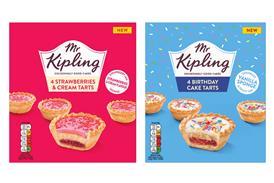




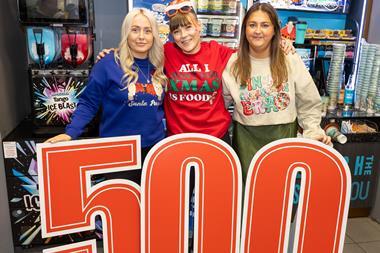

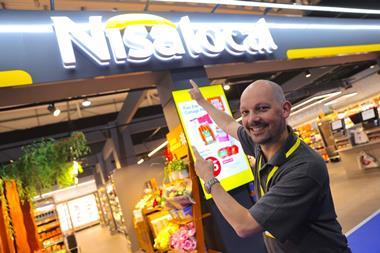

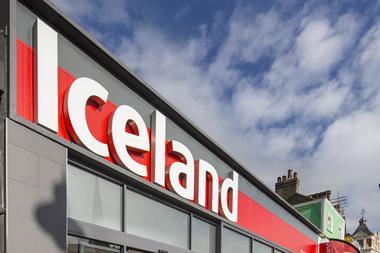

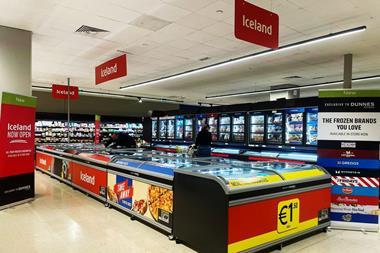
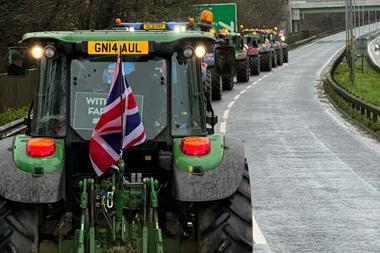

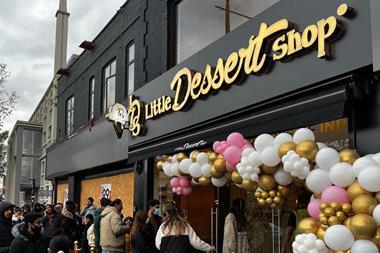
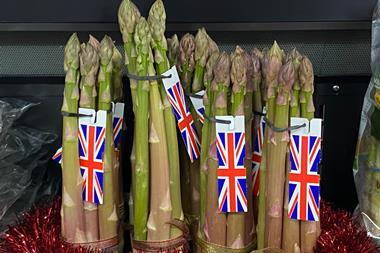
No comments yet